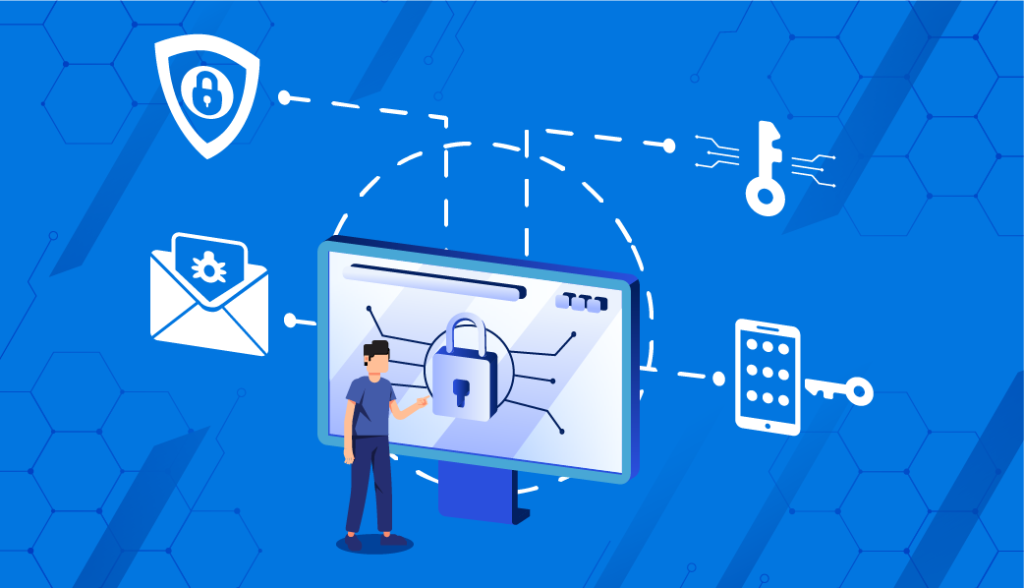A security policy is a formal set of guidelines and rules that organizations use to protect their information and technology assets. These policies are designed to ensure the confidentiality, integrity, and availability of data and to guide employees in implementing and maintaining secure practices.

Common Types of Security Policies and Examples
Information Security Policy
- Purpose: To provide the overall framework for managing and protecting information assets.
- Example: “All employees must use strong, complex passwords that are at least 12 characters long and include a mix of letters, numbers, and special characters. Passwords should be changed every 90 days.”
Acceptable Use Policy (AUP)
- Purpose: To define acceptable and unacceptable uses of the organization’s information systems and resources.
- Example: “Employees are prohibited from using company email for non-work-related activities. Accessing inappropriate websites, such as those containing explicit content, is strictly forbidden on company networks and devices.”
Access Control Policy
- Purpose: To ensure that only authorized individuals have access to specific information and systems.
- Example: “Access to sensitive financial data is restricted to finance department employees. Multi-factor authentication (MFA) must be enabled for all financial system logins.”
Data Classification Policy
- Purpose: To establish guidelines for classifying and handling data based on its sensitivity and value.
- Example: “All data must be classified as Public, Internal, Confidential, or Restricted. Confidential and Restricted data must be encrypted both in transit and at rest.”
Incident Response Policy
- Purpose: To outline the steps to be taken in the event of a security incident or breach.
- Example: “In the event of a suspected data breach, employees must immediately report the incident to the IT security team. The incident response team will investigate and contain the breach within 24 hours.”
Remote Access Policy
- Purpose: To define the requirements and procedures for remotely accessing the organization’s network and systems.
- Example: “Remote access to the company’s network is only permitted through the corporate VPN. Personal devices used for remote access must comply with the company’s security configuration standards.”
Mobile Device Policy
- Purpose: To govern the use of personal and company-owned mobile devices that access corporate resources.
- Example: “All mobile devices accessing company email must be configured with device encryption and must enable automatic screen locking after 5 minutes of inactivity.”
Physical Security Policy
- Purpose: To protect the physical infrastructure and hardware assets of the organization.
- Example: “Access to server rooms is restricted to IT personnel only. All visitors must be escorted and logged while in areas containing sensitive equipment.”
Patch Management Policy
- Purpose: To ensure timely and systematic application of patches and updates to software and systems.
- Example: “All critical security patches must be applied within 7 days of release. Non-critical patches should be applied within 30 days.”
Backup Policy
- Purpose: To establish procedures for regular backups to ensure data availability in case of loss or corruption.
- Example: “All critical data must be backed up daily. Backup copies must be stored off-site and tested for integrity every month.”
Conclusion
Security policies are essential for establishing a secure environment that protects an organization’s assets. These policies provide a clear framework for behavior and processes, helping to mitigate risks and ensure compliance with regulatory and operational requirements. Regular review and updates to security policies are necessary to address evolving threats and changes in the organizational environment.
Discover more from Upcoming Hackers
Subscribe to get the latest posts sent to your email.